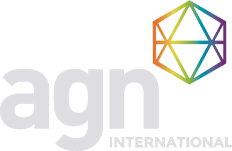The Department of Labor (DOL) and IRS use Form 5500 and its accompanying audit to assess the health and compliance of your organization’s 401(k) plan. The audit isn’t just a formality—it confirms whether your plan is being operated in accordance with ERISA regulations and your plan document. It’s a critical checkpoint—and an area of growing scrutiny.
In fact, in November 2023, the DOL’s Employee Benefits Security Administration (EBSA) released its latest Audit Quality Study, which reviewed 307 plan audits from the 2020 filing year (prior to the implementation of SAS 136). While the study showed a modest improvement in quality—30% of audits had significant deficiencies, down from 39% in 2015—it still revealed that nearly one in three audits failed to meet professional standards.
So, what does that mean for your business?
The DOL holds plan sponsors accountable for selecting a qualified, experienced auditor. Submitting a low-quality audit can:
- Trigger a DOL or IRS investigation.
- Result in the rejection of your Form 5500.
- Create significant administrative and reputational fallout.
And with SAS 136 now entirely in effect, expectations have increased. The standard raises the bar for how benefit plan audits are planned, conducted, and reported—meaning organizations can no longer afford to treat this as a last-minute compliance exercise.
If you’re still finalizing your audit before the October 15 extension deadline, it’s critical to work with an audit team that specializes in employee benefit plans and understands the regulatory landscape.




